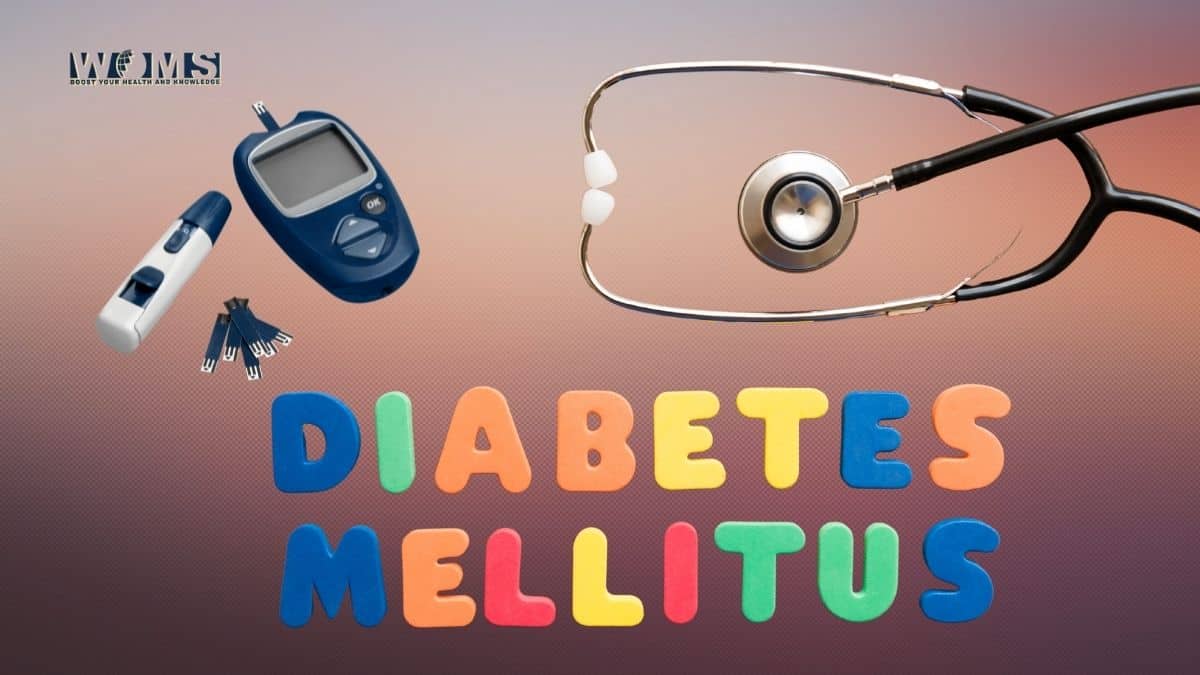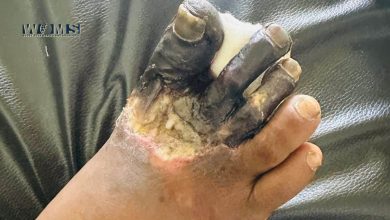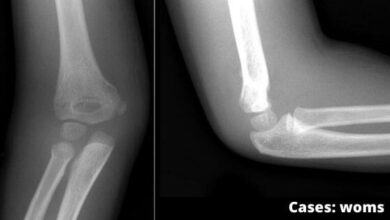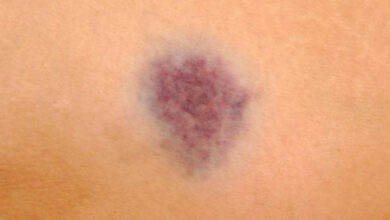Medical Case Related to Diabetes Mellitus

An obese female patient of 52 years suffering from increased urination, increased thirst, and increased hunger. She also suffered from continuous tiredness and drowsiness. She is unable to sleep properly at night due to nocturnal dysuria. She also has a history of New onset of blurred vision. Her cuts and bruises don’t heal easily. On dental examination, there are some missing teeth with multiple carious teeth.
A random blood glucose test is done to know about the blood chemistry.
Blood chemistry details
- Blood glucose: 152 mg/DL – Hyperglycemia (normal blood glucose: up to 140 mg/dL)
- HbA1c: 7.6% (normal HbA1c: <6.2%)
- Serum creatinine: 0.8 mg/dL)
- Hypertensive
- Increased transaminases
- Increased triglycerides
- Decreased low-density lipids
- Potassium: 4.3
- Sodium raised
There is no family history of diabetes mellitus.
After some time, the patient suffered from the typical symptoms of diabetes with glucose level at 220 mg/dL and HbA1c of 8.5%
Description
The blood chemistry details lead towards the diagnosis of the pre-diabetic stage with metabolic syndrome.
As the patient didn’t follow preventions and precautions, the symptoms worsens and lead to type 2 diabetes.
We’ll go towards the further explanation of this medical case to explore details of this disease.
Questions
- What types of diabetes does she most likely have based on clinical presentation?
- Which tests can be performed to confirm the type of diabetes?
- What are the clinical manifestations of this disease?
- What is this metabolic syndrome?
- What is the pathophysiology of hyperglycemia?
- What can be the possible complications of this disease?
- What can be the best possible treatment for this patient?
Answer
The answer to the above-mentioned questions will surely clear your concepts related to this disease.
Types:
From the clinical symptoms, we can just assume the types of diabetes mellitus for this patient. Later on, we’ll do some investigation to confirm our provisional diagnosis.
- Type 1 diabetes
- Type 2 diabetes
- Pre-diabetic condition
- Monogenic diabetes
- Secondary diabetes
- Atypical diabetes
These are the types of diabetes mellitus that present with the same symptoms as mentioned in the case.
2. Clinical tests to confirm the type of diabetes:
There are several tests to confirm the diagnosis. These investigation tests are as follows:
- Oral glucose tolerance test
- C-peptide and glucose test
- Glutamic acid decarboxylase and islet cell autoantibodies
- Lipid panel
Note: No auto-antibodies found in type 2 diabetes mellitus
Clinical manifestation:
The clinical picture of this disease:
- Increased thirst
- Increased urination
- Increased hunger
- Unintended weight loss
- Fatigue
- Blurred vision
- Slow healing lesions
- Increased incidence of infections
- Numbness and tingling sensation on head and feet
- Areas of darkened skin (armpit and neck)
Metabolic syndrome:
Metabolic syndrome is a cluster of multiple diseases that occur at the same time. This is a combination of:
- Cardiovascular diseases
- Type 2 diabetes
- Stroke
- Increased blood pressure
- Increased blood glucose
- Excess body fat
- Abnormal cholesterol and triglycerides level
When these diseases occur at the same time, these are collectively known as metabolic syndrome.
Pathophysiology:
The pathophysiology of this increased glucose level is the major cause of this disease.
Type 1 diabetes:
In a patient with type 1 diabetes, beta cells of the pancreas produce minimal or no insulin. Without insulin, glucose is built up into blood instead of entering into cells. This causes increased glucose levels in the blood. The body is unable to store glucose energy for its functions.
Type 2 diabetes:
In type 2 diabetes, your fat, muscle, and liver cells don’t respond to insulin and induce resistance to insulin. As a result, blood sugar doesn’t get incorporated into the cells for energy. When sugar doesn’t enter the cell, it causes hyperglycemia in the blood.
Complications:
This disease may lead to several other complications that may induce other diseases of severe types. Some of these complications are as follows:
- Heart and blood vessel diseases: increased heart diseases risk, Stroke, high blood pressure, and narrowing of blood vessels known as atherosclerosis
- Nerve damage (neuropathy) in limbs: high blood glucose can damage or destroy nerves lead to tingling, burning, and numbness that starts from the tips of toes that eventually spreads in upward directions
- Kidney diseases: Chronic Kidney diseases, an irreversible end-stage kidney disease that may require dialysis or kidney transplant
- Eye damage: serious eye diseases, cataracts, glaucoma, damage the blood vessels that may lead to blindness
- Skin diseases: skin problems including bacterial and fungal infections
- Slow healing: diabetes affects the healing procedure of infections. If left untreated, may require toe, foot, or leg amputations
- Hearing problems
- Obstructive sleep apnea
- Dementia
- Treatment plan:
There are two types of treatment approaches for this disease. One is of prevention type and the other is based on medication.
Prevention
- Eating healthy foods: select foods which are lower in fats, carbohydrates, and calories but higher in fiber content Focus on fruits, vegetables, and whole grains.
- Getting active: don’t stay in passive mode. Set a target of 150 or more minutes of aerobic activity such as brisk walk, running, bicycling, and swimming
- Weight loss: lose your weight and maintain your weight. If you have prediabetes, losing 7 to 10% of your weight can reduce the risk of diabetes.
- Avoiding inactivity for longer periods: sitting still for long periods can increase the risk of type 2 diabetes. Avoid sitting for long in the same posture.
Medications:
- For the pre-diabetic patient: metformin is prescribed to reduce the progression of the disease into type 2 diabetes.
- For type 2 diabetics: Oral hypoglycemics are prescribed for the management of the diseases and reduce complications. Oral hypoglycemics are:
- Biguanides
- Sulfonylureas
- Meglitinides
- Thiazolidinediones
- Alpha-glucosidase inhibitors
- Incretin agonists
- DPP-4 inhibitors
- If the patient didn’t respond to oral hypoglycemics, shift the patient to IM insulin for management.




